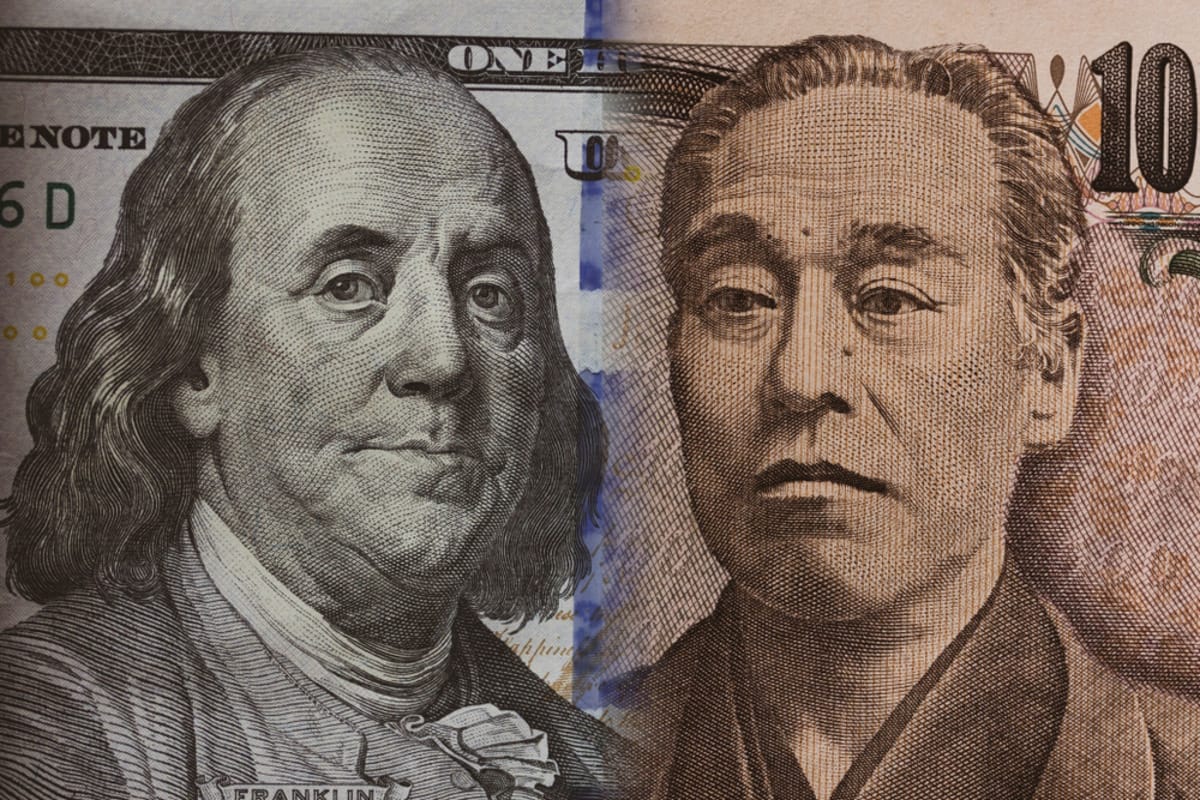The U.S. dollar reached a new peak against the yen, marking its highest level in 34 years. Investors responded to the Federal Reserve’s indication of maintaining higher interest rates for an extended period, while remaining watchful for any signs of Japan intervening to support its struggling currency.
Specifically, the dollar climbed to 154.85 yen, its highest point since the middle of 1990. It experienced a slight increase of 0.1 percent to 154.82 yen, approaching the 155-level, which traders are closely monitoring for potential intervention.
Read more: Japan faces third consecutive trade deficit amid rising import costs, weak yen
Prior to the Bank of Japan‘s policy meeting on Friday, the yen hit fresh lows. Market participants observed that Japan refrained from intervening in the currency market despite the yen reaching multiple 34-year lows this year.
Calvin Tse, managing director and head of Americas macro strategy at BNP Paribas in New York, suggested that the Ministry of Finance acknowledged the unfavorable movement of currency fundamentals, as the dollar/yen exchange rate rose due to higher U.S. yields.
Tse further noted that although Japan has been cautious about obstructing this trend, a weakening of U.S. yields could provide them with an opportunity to act.
The dollar index, which measures the value of the greenback against six major currencies, remained relatively stable or slightly higher at 106.13. It retreated from the five-month highs it reached last week following remarks from Federal Reserve officials and stronger-than-anticipated inflation data, which led to a reduction in expectations of U.S. rate cuts.
The easing of tensions in the Middle East, which had driven significant increases in the dollar, gold, and oil prices on Friday while negatively impacting stock markets, also contributed to a reduction in volatility.
For more news on markets, click here.




